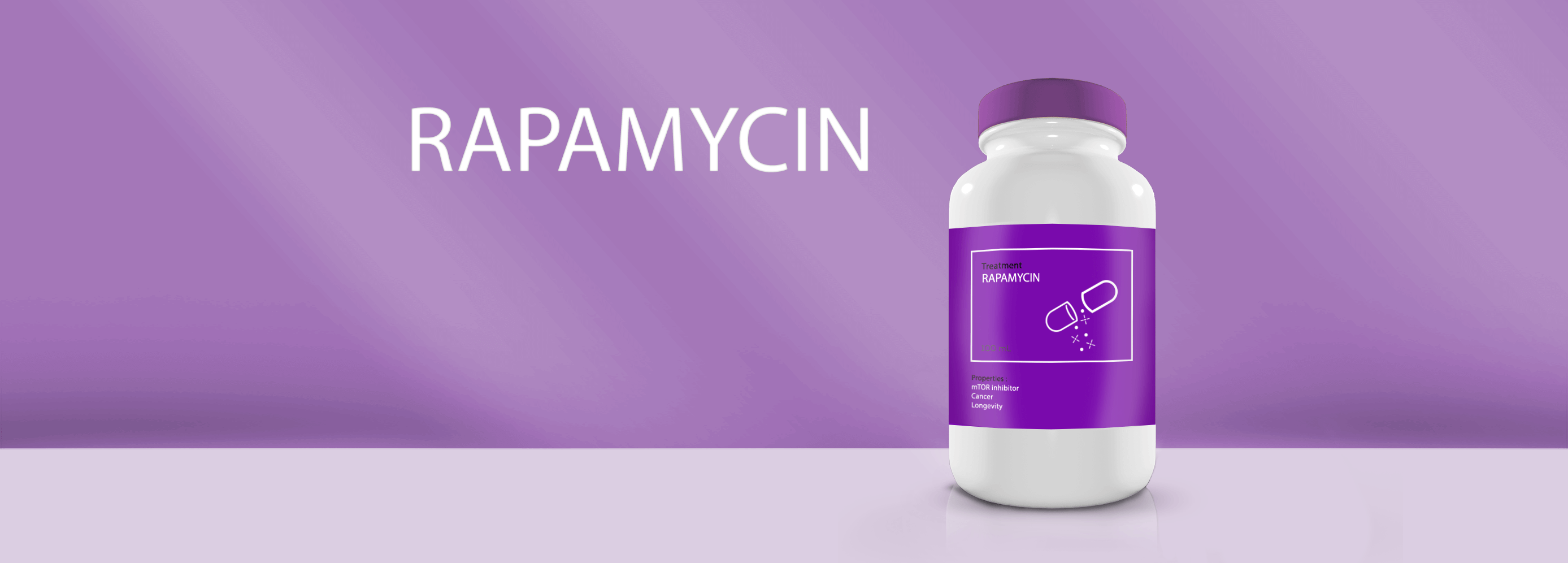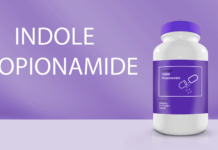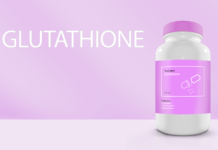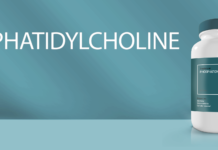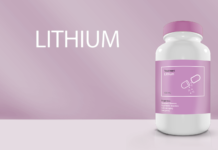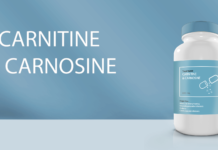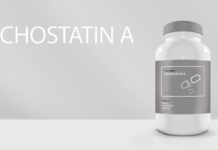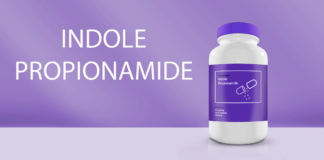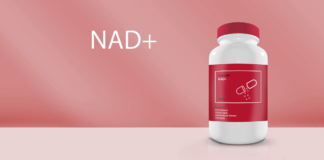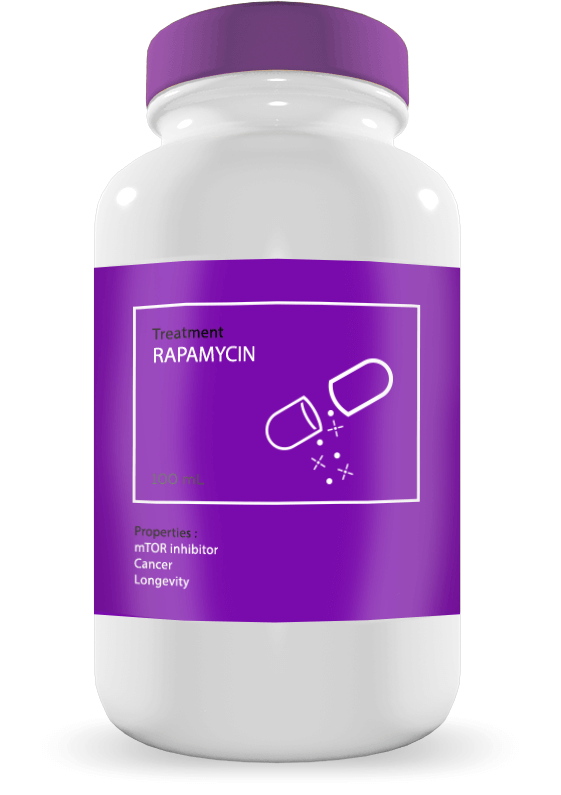
Fact sheet
mTOR’s modulator is the talk of the town
Rapamycin is derived from bacteria discovered in 1964 in the Easter Islands by a Canadian research group. Since its discovery and exploitation under various names[1] (everolimus, sirolimus, in particular), rapamycin has been used in the treatment of two specific conditions:
- Organ transplantation[2]: by its immunosuppressive action, i.e. it prevents the recipient’s immune system from rejecting its new organ,
- Cancer[3]: by its anti-proliferative action, it stops the reproduction of cancer cells and thus the metastatic expansion of cancer.
Recent studies have examined its possible value in the fight against aging, with interesting results – to be considered with some restraint[4].
An immunosuppressant to age better?
Rapamycin is primarily an inhibitor of mTOR, a central molecule in a large number of physiological mechanisms and whose deregulation can lead to cancer, neurodegenerative diseases and metabolic diseases.
mTOR, a major player in our cells
It is very complex to understand all of mTOR’s roles in our body, because of its multitude of sometimes contradictory actions on a myriad of physiological and pathological processes[5, 6]. It is a kinase enzyme involved in proliferation, growth, mobility and cell survival but also in protein synthesis and transcription[5]. It is the target of rapamycin, hence its name: mechanistic Target Of Rapamycin.
Role of rapamycin in the fight against aging
Knowing this, it is understandable that researchers were interested in rapamycin and mTOR. Studies, currently at the animal stage, show that taking rapamycin in small doses increases lifespan in mice[7, 8] or dogs[9], without having a significant effect on aging characteristics[8]. In monkeys, a preliminary study shows that marmosets appear to have fewer side effects than in other species[10].
In humans, there are very few studies, but in one of them, it was demonstrated that taking rapamycin, for the elderly subject, increased the vaccine response[11], a very contradictory result with the immunosuppressive effect of rapamycin. Many teams are trying to understand the ins and outs of a possible treatment against aging with rapamycin[12, 13, 14, 15] without, for the moment, reaching a consensus.
- Number of publications: over 200
- Availability: on prescription
- Route: injection/intravenous
- Dosage: Undetermined.
Antifungal: This molecule is a macrolide, therefore it has antibiotic and antifungal properties. Rapamycin is bioactive only when it binds to immune system molecules (immunophilins)[1].
Fight against Alzheimer’s: a study recently highlighted the value of a small dose treatment in the fight against neurodegenerative diseases, and in particular against Alzheimer’s disease[16].
Precautions for use of rapamycin
Hyperlipidemia: Rapamycin may have undesirable metabolic consequences, such as an abnormal increase in blood triglyceride levels, often associated with bad cholesterol levels[3].
Glucose intolerance: Because of its diabetogenic effect which may cause insulin secretion dysfunctions, rapamycin may be the cause of post-transplant glucose intolerance or type II diabetes[2, 3].
High Renal Toxicity: Experimental studies suggest that this molecule may cause acute tubular lesions. Rapamycin has been shown to slow the recovery of renal function and compromise its regenerative response[3].
Towards natural alternatives?
A recent study attempted to identify homologues of rapamycin by listing all natural molecules with similar chemical structure and comparable properties[17]. By combining several of these molecules, we are likely to obtain an anti-aging action of the same order as rapamycin, by reducing its side effects. Additional studies will be required to confirm candidate molecules.
Caution!! Rapamycin is a dangerous molecule and should not be used without medical advice. At this time, its indications do not include the fight against aging.
[1] Mayoclinic.org – Drugs and Supplements – Sirolimus
[2] Stallon et al., Management of Side Effects of Sirolimus Therapy. Transplantation. 2009 Apr 27;87(8 Suppl):S23-6
[3] Simon C. Johnson and Matt Kaeberlein, Rapamycin in aging and disease: maximizing efficacy while minimizing side effects, Oncotarget. 2016 Jul 19; 7(29): 44876–44878
[4] Kaeberlein et al., Resveratrol and rapamycin: are they anti-aging drugs. Bioessays. 2010 Feb;32(2):96-9
[5] Hay N, Sonenberg N, Upstream and downstream of mTOR, Genes Dev, , vol. 18;16 p. 1926-45
[6] Weichhart T, mTOR as Regulator of Lifespan, Aging, and Cellular Senescence: A Mini-Review. Gerontology. 2017 Dec 1. doi: 10.1159/000484629. [Epub ahead of print]
[7] David E. Harrison, Randy Strong et al. Rapamycin fed late in life extends lifespan in genetically heterogeneous mice, Nature. 2009 Jul 16; 460(7253): 392–395
[8] Neff F, Flores-Dominguez D et al., Rapamycin extends murine lifespan but has limited effects on aging. J Clin Invest. 2013, Aug;123(8):3272-91
[9] The Dog Aging Project (informations disponibles en ligne)
[10] Ross C, Salmon A, Strong R, Fernandez E, Javors M, Richardson A, Tardif S. Metabolic consequences of long-term rapamycin exposure on common marmoset monkeys (Callithrix jacchus). Aging (Albany NY). 2015 Nov;7(11):964-73.
[11] Joan B. Mannick, Giuseppe Del Giudice et al. mTOR inhibition improves immune function in the elderly, Science Trans. Med., 2014:Vol. 6, Issue 268, pp. 268ra179
[12] Brian K. Kennedy and Juniper K. Pennypacker Drugs That Modulate Aging: The Promising yet Difficult Path Ahead, Transl Res. 2014, 163(5): 456–465.
[13] Brian K. Kennedy and Juniper K. Pennypacker, Aging interventions get human, Oncotarget. 2015 Jan; 6(2): 590–591
[14] Klimova B, Novotny M, Kuca K. Anti-Aging Drugs – Prospect of Longer Life? Curr Med Chem. 2017. doi: 10.2174/0929867325666171129215251. [Epub ahead of print]
[15] Ehninger D, Neff F, Xie K. Longevity, aging and rapamycin. Cell Mol Life Sci. 2014, 71(22):4325-46.
[16] Arlan Richardson, Veronica Galvan, Ai-Ling Lin, Salvatore Oddo, How longevity research can lead to therapies for Alzheimer’s disease: The rapamycin story, Experimental Gerontology, Vol 68, 2015, Pages 51-58
Dr. Marion Tible

Author/Reviewer
Auteure/Relectrice
Marion Tible has a PhD in cellular biology and physiopathology. Formerly a researcher in thematics varying from cardiology to neurodegenerative diseases, she is now part of Long Long Life team and is involved in scientific writing and anti-aging research.
More about the Long Long Life team
Marion Tible est docteur en biologie cellulaire et physiopathologie. Ancienne chercheuse dans des thématiques oscillant de la cardiologie aux maladies neurodégénératives, elle est aujourd’hui impliquée au sein de Long Long Life pour la rédaction scientifique et la recherche contre le vieillissement.
En savoir plus sur l’équipe de Long Long Life


